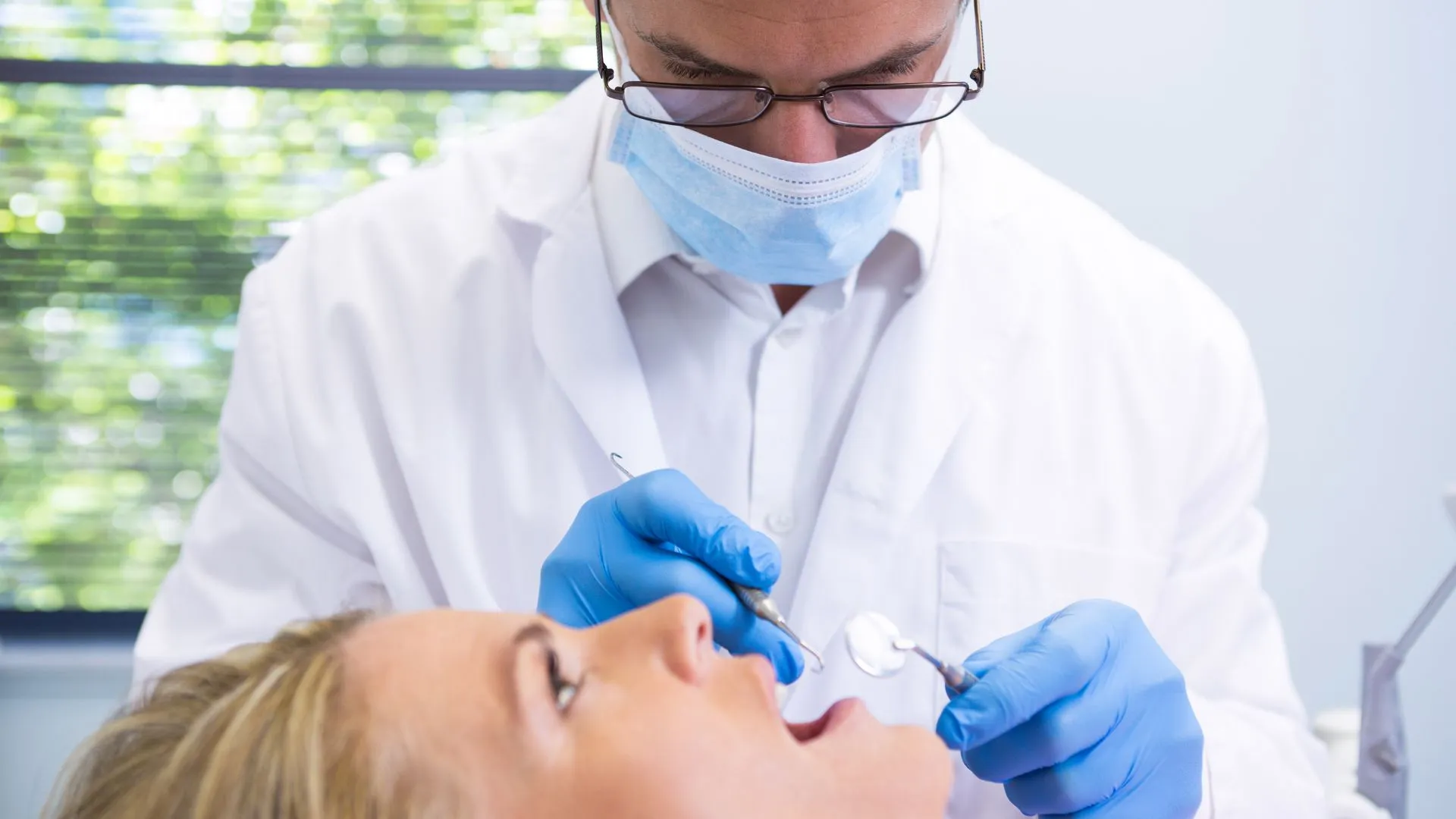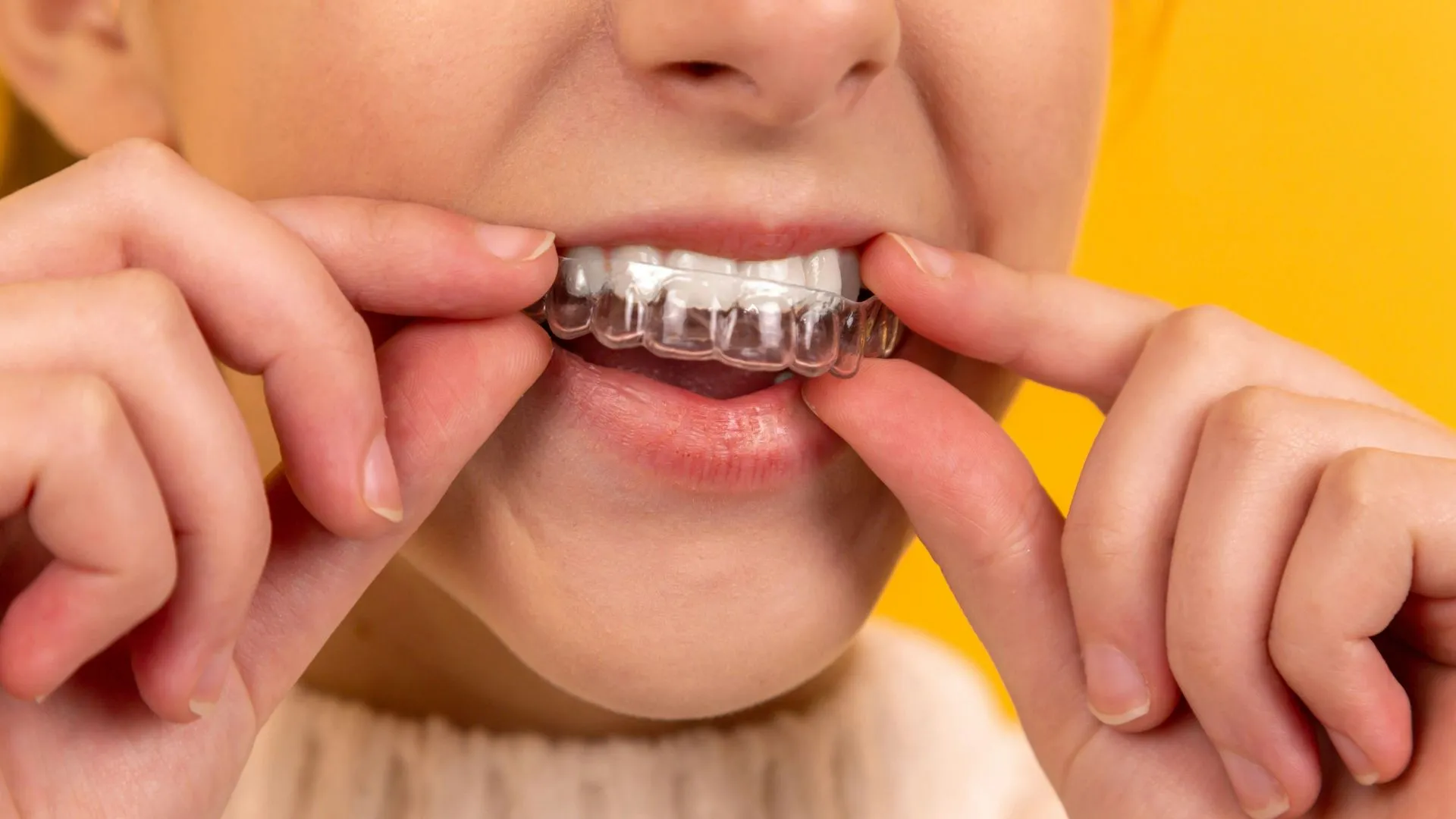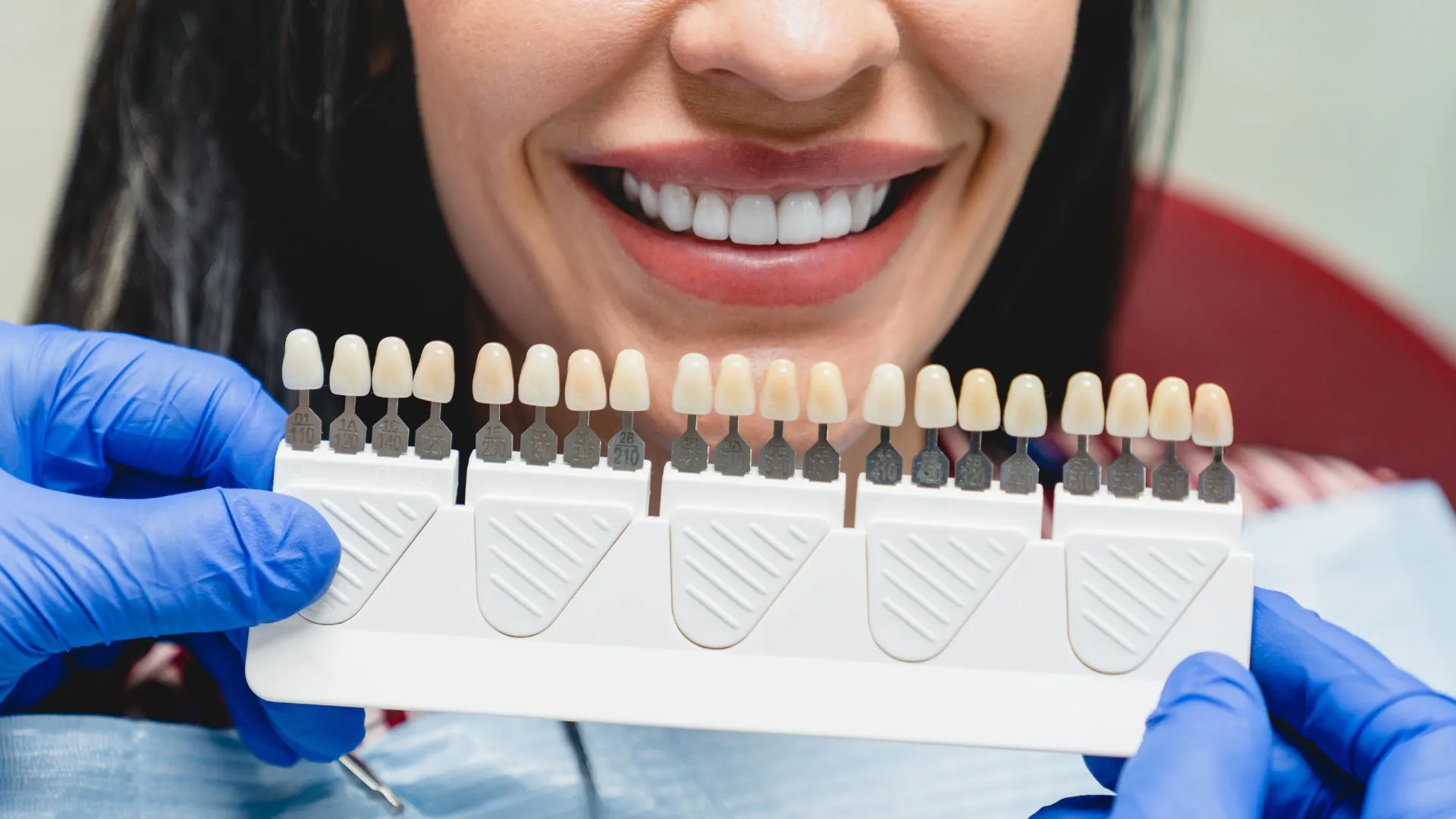Weak or loose teeth can be a frightening sometimes uncomfortable experience. On the one hand, you may be waiting for the time the loose tooth falls out and can be replaced or extracted, and on the other hoping that the tooth regains strength and…
Weak or loose teeth can be a frightening sometimes uncomfortable experience. On the one hand, you may be waiting for the time the loose tooth falls out and can be replaced or extracted, and on the other hoping that the tooth regains strength and is no longer lose. To understand the splinting treatment, we must first examine what they are and what they are used for.
What causes loose teeth?
There are a few reasons why a person may have a loose tooth. But the most common cause is the end result of periodontal (gum) disease. Prolonged, untreated gum disease will cause significant bone tissue loss that helps stabilize the teeth in place. Occlusal trauma, or bite injury, can also create a loose tooth.
How can I stop my teeth from falling out?
The only way to prevent a tooth or teeth from falling out is to have a dental intervention. A procedure known as tooth splinting can reinforce teeth to give them back stability. The best defense you can do for your teeth is maintaining them with preventative care from your dentist. This includes regular cleanings and treatment when problems occur. If you have periodontal disease, seeking treatment can help prevent further damage to the teeth. You have to treat the underlying cause of a loose tooth in order to save it from falling out.
What is a tooth splint?
Occlusal splints, or periodontal splinting, are designed to stabilize teeth. They are removable appliances made from hard acrylic that will fit over the teeth. The composite material allows for more support to weakened teeth by securing them to strong surrounding teeth. Three main types of splints are used to correct loose teeth including:
- Temporary Splinting: joining the teeth together
- Extra-coronal splints: composite material is attached to teeth by enamel bonding making them stronger. These are placed on the outside.
- Intra-coronal splints: (inside) For this type of splint, a small channel into the teeth is created. A metal splint and bonding are inserted to help stabilize the teeth.
- Fixed Splinting: This method will permanently fix loose teeth by crowning teeth with a fabricated splint. The crowns are fused or joined together.
- Occlusal Guards: For those that experience clenching or nightly grinding teeth habits, a removable splint or guard can be used.
What is a dental splint used for?
Dental splints are used to stabilize teeth once they have become loose or require additional support. Added support may be needed if the bone has deteriorated because of advanced gum disease. When there is more than one weak tooth a splint can be attached to them allow them to become a single unit essentially. This procedure is used on the front teeth most commonly. Other uses for dental splints include:
- Protect teeth from abnormal wear that could cause breakage after a restoration procedure
- Protect soft tissue supportive structures against stressors that could encourage the breakdown
- Introduce an optimal occlusal position
- Encourage a normal muscle function
- Provide anterior guidance
- Help establish a new vertical relationship
- Provide added protection against nocturnal bruxism (teeth grinding)
- Provide a more stable or functional joint position
Can a tooth be replaced if it falls out?
Yes. There are a few ways a dentist can restore your tooth if it has fallen out. If your natural tooth falls out due to an injury, there is a small window of time it can be reinserted. The tooth must be kept wet and still be somewhat intact. A cosmetic dentist in Broomfield can help with replacing a tooth that has fallen out with the natural tooth or by other restorative dentistry methods.
If you are bothered with a loose tooth and are unsure what options are available, consult with a dentist about tooth splinting options. These are a fantastic way to strengthen teeth and provide support with the surrounding teeth. For those that have problems with grinding teeth at night or at times where stress levels are higher, a night guard can be very beneficial.




